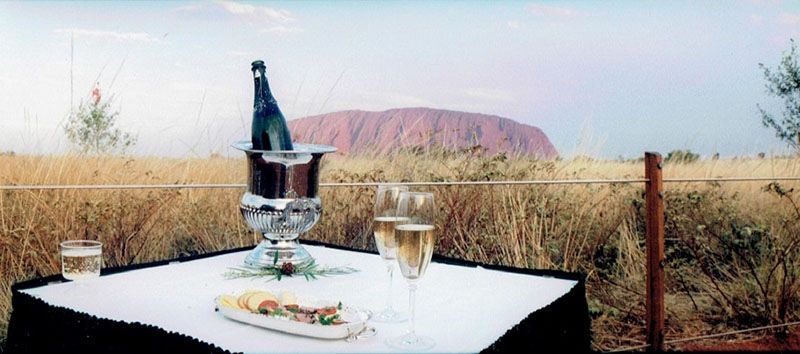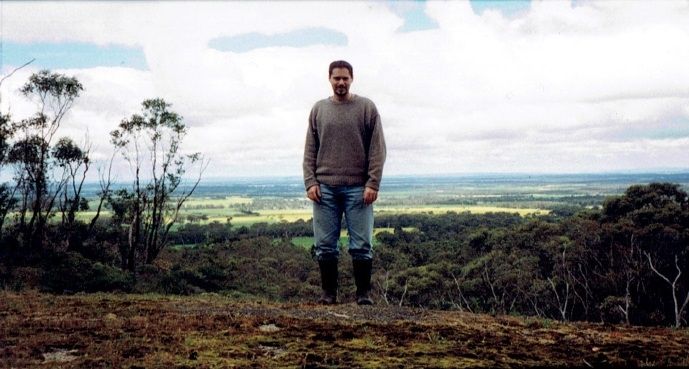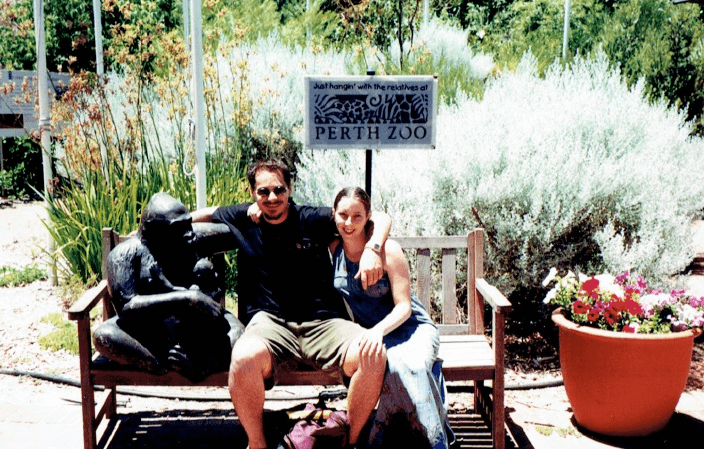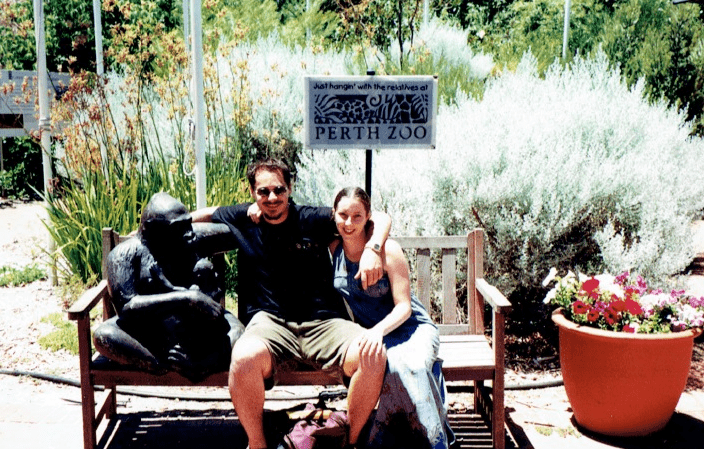Rude Ravens, Giant Rats, and Unappreciative Seagulls
By William Stone
CIEE Study Abroad in Perth, Australia, Spring 1997
Animals with accents? I didn't believe it. That was something I expected to find in Looney Tunes (a la Pepe Le Pew) and Disney cartoons, not during my semester abroad at CIEE’s Study Center at Murdoch University. There I was, however, in Perth, Western Australia, and there they were, crows with Australian accents.
I was exhausted for the first two weeks after my arrival in Australia. This was partly due to my not being able to sleep, too excited at being in a new and exotic land. To a lesser degree it was the natural result of my having just completed a thirty hour journey (from Philadelphia, Pennsylvania to Perth, including short stopovers to refuel and change planes in Frankfurt, Germany and Singapore); I was still jet-lagged, and I was trying to adjust to a 13-hour time difference. The blame, however, primarily fell on the Australian crow.
There are actually several types of crow that live in Western Australia. However, only two species can be found in the south-western region, and of these two only the Australian Raven (Corvus coronoides) is common in Perth.
They were ravens, plain and simple. Yet what was this sound they made? Where was the soft "caw" that wouldn't disrupt my slumber?
I didn't notice the raven at first. I arrived in the early evening and was so grateful for a bed in which to sleep that I collapsed almost immediately, confident that I would not awaken until mid-day. At 5:02 in the morning, however, I sat bolt upright, my heart thumping. I was confused. Dreams still clouded my thoughts as a wet sleep-film did my eyes. I had no idea why I was awake. Then I heard the sound—awful, pitiful. The noise reminded me of a crying infant. Some people have likened it to the call of lamb at the slaughterhouse, but that thought is too gruesome for my liking.
I cautiously crept over to the window and peered out from behind the blinds toward the trees across the way. Two shadowy bodies, even darker than the slate sky and black bark framing them, perched on the branches, singing their terrible duet. As my eyes adjusted to the gloom, the specters solidified and their figures took form. They were ravens, plain and simple. Yet what was this sound they made? Where was the soft "caw" that wouldn't disrupt my slumber?

In a subsequent conversation with a group of Australians I was amused to learn that they were just as bewildered as I upon encountering foreign crow calls. One Australian related her long-held theory that the 1994 Brandon Lee film, The Crow, was flawed and contained a sound byte of a seagull rather than an actual crow.
Two weeks passed. Everything was starting to feel a bit more familiar. After all, on the surface Australia very closely resembles the United States—fast food restaurants such as McDonald's and KFC are plentiful, American movies fill the screens of the cinemas, and everyone speaks English, albeit slightly different than the one that I grew up speaking. Finally I was able to sleep past five A.M. I was just getting accustomed to the idea of animals with accents when I was introduced to a new concept: ravens with different regional dialects.
Just off the coast, twenty minutes by ferry, lies Rottnest Island. Besides its quaint coves, pristine beaches, and turquoise waters, the island is best known for its cutest inhabitants, quokkas (kwok-uhs).
These small, docile marsupials lent the island its name. The first Europeans to explore the region mistook the quokkas for giant rats, thus naming the island Rat's Nest. Later the name evolved into "Rottnest." It was here that I took a short camping trip, and here that I first heard the Rottnest ravens.
These birds, though the same species I had encountered on the mainland, had a slight variation to their call. Instead of sounding like crying babies, these crows made a noise more reminiscent of a four-letter expletive. "FAWK! FAWK!" I walked around with an amused grin on my face for the next two days.

Stone in the Porongurup Mountain Range in Western Australia.
When I returned to the Australian mainland from Rottnest, I was hungry so I stopped off at a popular fish ‘n chips shop in the port city of Fremantle, Western Australia. Outside the shop was a sign that read: Please don't feed the seagulls, or they will S.O.Y. (i.e., S**t On You). It was that sign that gave me the idea to write this post.
My time participating in CIEE’s study abroad program has given me ample opportunities to “examine some leaves.”
I found it hilarious and mentioned it to my Australian friends. Their universal response surprised me. To paraphrase, I was told in a no nonsense fashion that that was good advice. Seagulls are dirty and they may carry disease. Possibly true, but didn't my friends appreciate why that sign was funny? They did, but that was a secondary reaction. Clearly, though Australians and Americans share some things in common, we are not the same. Not surprising considering that Americans from different parts of our own country (say the Deep South and New York City) are not the same. This reminded me of something that hadn't been articulated or taught to me, but a truth that I had nonetheless picked up from an ethnography course at Johns Hopkins: the native may see the forest, while the visitor sees the trees, but only together can they possibly hope to see the leaves.
My time participating in CIEE’s study abroad program has given me ample opportunities to “examine some leaves.” It was there at Murdoch University in 1997 that I met my first “tour guide,” now wife, Tammy—the Australian flatmate of one of my fellow CIEE participants.

William Stone with his wife, Tammy, at the Perth Zoo.
In an interesting role reversal to my Australian avian encounter, when Tammy first moved to the U.S. with me, I noticed her scanning the sky with a perplexed look on her face. “What are you doing?” I asked. “I’m trying to find the helicopter. It sounds like it’s right on top of us,” she explained. The helicopter was actually a cacophony of summertime cicadas. “Your insects sound so strange!” she uttered. “It’s like they have accents!”
--
William Stone participated in CIEE’s study abroad program at Murdoch University in Perth, Australia in 1997. He is a graduate of Johns Hopkins University and he has spent most of his nearly 17-year career in healthcare in diverse roles, including journal editor and journalist, clinical trial patient recruitment & retention project manager, health literacy and readability consultant, and marketing executive. Currently he serves as the Director of Content Strategy for Sommer Consulting, a market research firm that uses advanced linguistics-based persuasion and behavior-change methods to transform human attitudes, patterns, and decisions.

